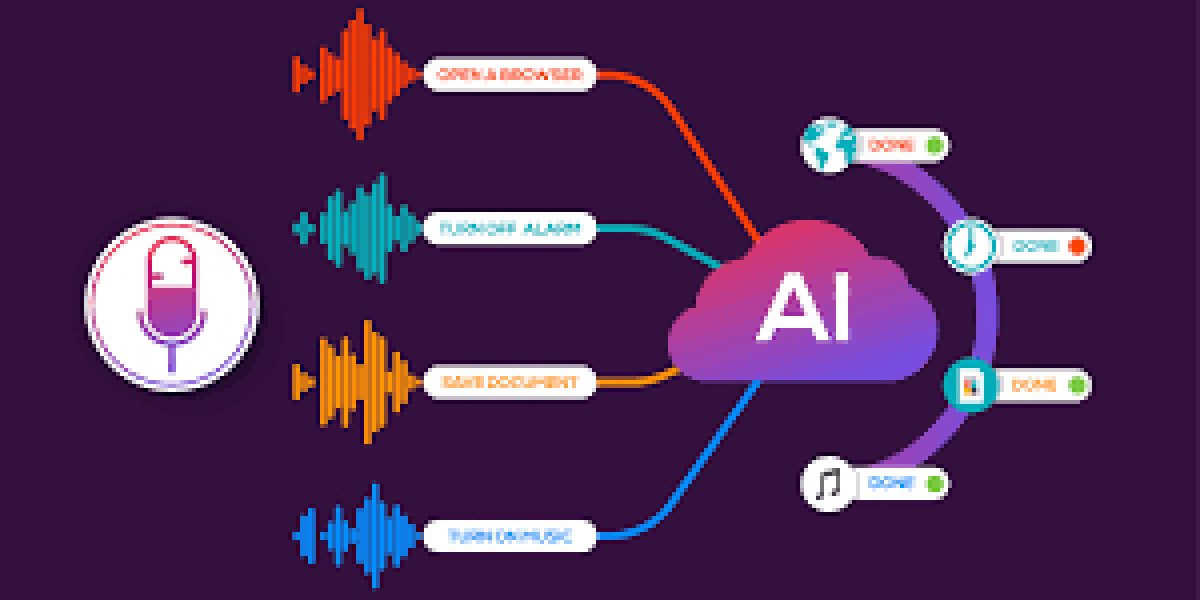Let’s cut to the chase: if your digital strategy isn’t optimized for voice AI, you’re already behind. It’s not a trend—it’s a shift in how people interact with technology. Whether we’re talking about smart speakers, voice search, or AI-powered assistants, voice is rapidly becoming a primary interface. And ignoring it is like pretending mobile devices never happened.
The Voice AI Explosion
We’ve seen explosive growth in voice-enabled devices. From Alexa and Siri to Google Assistant and Bixby, billions of users are already talking to their devices. And they’re not just asking for weather updates. They’re shopping, searching, managing their calendars, booking appointments, and more.
According to Statista, the number of digital voice assistants in use worldwide is projected to reach 8.4 billion by 2024. That’s more voice assistants than people. So, ask yourself: why wouldn’t you optimize for that?
Why Voice Search Is a Game-Changer
Voice search isn’t just typed queries spoken out loud. It’s fundamentally different:
Conversational: People talk to voice assistants like they’re human.
Intent-driven: Voice queries often signal immediate needs or actions.
Local-focused: "Near me" searches dominate.
Mobile and hands-free: People use voice when multitasking.
That changes everything—from how you structure your content to how you handle SEO.
What Happens If You Ignore Voice?
If you’re not optimizing for voice, you’re:
Missing out on top-of-funnel traffic.
Invisible in voice search results.
Losing relevance with Gen Z and younger demographics.
Falling behind competitors who are voice-ready.
And once someone gets used to a competitor’s voice-friendly experience, good luck getting them back.
The Anatomy of Voice AI Optimization
Here’s what it really takes to be voice-ready:
1. Conversational Content
You can’t just stuff your blog with keywords. You need to create natural, question-based content that mimics how people talk. Use tools like AnswerThePublic to find real voice-style queries.
2. Featured Snippets Are Prime Real Estate
Voice assistants often pull answers from featured snippets. Aim for these by structuring your content clearly with headers, bullet points, and concise answers.
3. Local SEO Is Critical
Most voice searches have local intent. That means:
Claim your Google Business Profile.
Use location-specific keywords.
Keep your NAP (Name, Address, Phone number) consistent across platforms.
4. Speed and Mobile Optimization
Voice searches often happen on mobile. If your site loads like it’s 2003, you’re out. Optimize for speed. Cut the clutter. Make navigation voice-friendly.
5. Schema Markup
Voice AI loves structured data. Use schema to help machines understand your content. FAQs, local business info, events—it all helps.
6. Audio Content
Podcasts, audio blogs, even short-form voice responses—this is the direction content is heading. If you’re not creating audio-first content, start now.
Real-World Examples: Who’s Doing It Right?
Domino’s Pizza: Voice ordering through Alexa. No app. No clicks. Just say it.
Nestlé: Offers voice-guided cooking instructions via Google Assistant.
Patron Tequila: Created a voice-activated cocktail recipe library.
These brands aren’t experimenting. They’re building sticky, voice-first experiences that keep users coming back.
Voice AI and E-Commerce
Let’s be honest—shopping via voice still has friction. But that’s changing fast. Smart reordering, saved preferences, voice authentication—it’s all evolving.
If you’re in e-commerce, start by optimizing your product descriptions, reviews, and FAQs for voice queries. Think about how someone might say something—not just how they’d type it.
B2B and Voice? Absolutely.
Don’t assume this is just a B2C thing. Voice can streamline everything from customer service to internal operations:
Voice-enabled CRMs
AI sales assistants
Voice-based analytics queries
Enterprise players are integrating voice to reduce friction and boost productivity.
The Role of AI in Voice Optimization
Here’s the thing: voice and AI are inseparable. NLP (Natural Language Processing), machine learning, contextual analysis—all of it powers modern voice experiences.
You’re not just optimizing for voice; you’re optimizing for AI understanding. That means your content, data, and interactions need to be machine-readable, contextual, and flexible.
What the Future Looks Like
We’re heading toward a world where voice is:
Embedded in wearables
Running smart homes
Managing work tools
Driving in-car experiences
And with generative AI and LLMs in the mix, voice interfaces will become more intelligent, more personalized, and more embedded in daily life.
Getting Started with Voice AI Optimization
If you’ve read this far, you’re probably asking: where do I start?
Step 1: Audit Your Current Content
Run your top pages through a voice-readiness checklist. Can they answer a voice query in under 30 seconds?
Step 2: Identify Long-Tail, Natural-Language Keywords
These are the bread and butter of voice search. Target full questions, not just phrases.
Step 3: Implement Technical SEO Fixes
Make your site mobile-friendly, boost page speed, add schema.
Step 4: Build Voice-Targeted Content
Create FAQ pages. Add "how-to" posts. Repurpose content into audio format.
Step 5: Experiment with Voice Tech
Try building a basic voice assistant skill or Action. Even a simple one can give you insight into how your audience interacts through voice.
Final Thoughts
Voice AI isn’t coming. It’s here. The question is whether you’ll treat it as a core pillar of your strategy or an afterthought. Businesses that adapt now won’t just keep up—they’ll lead.
Because in a voice-first world, silence isn’t just awkward—it’s invisible.
















